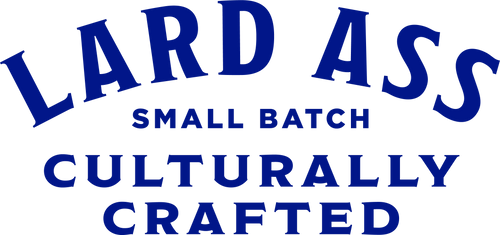Next to timboon's schultz butter, this is also a great product. Bravo...
Literally would eat it all in one sitting if I had any less self restraint
Amazing butter, so much flavour in every table spoon. Was great for a quick toast as a snack and for a tasty roast chook
